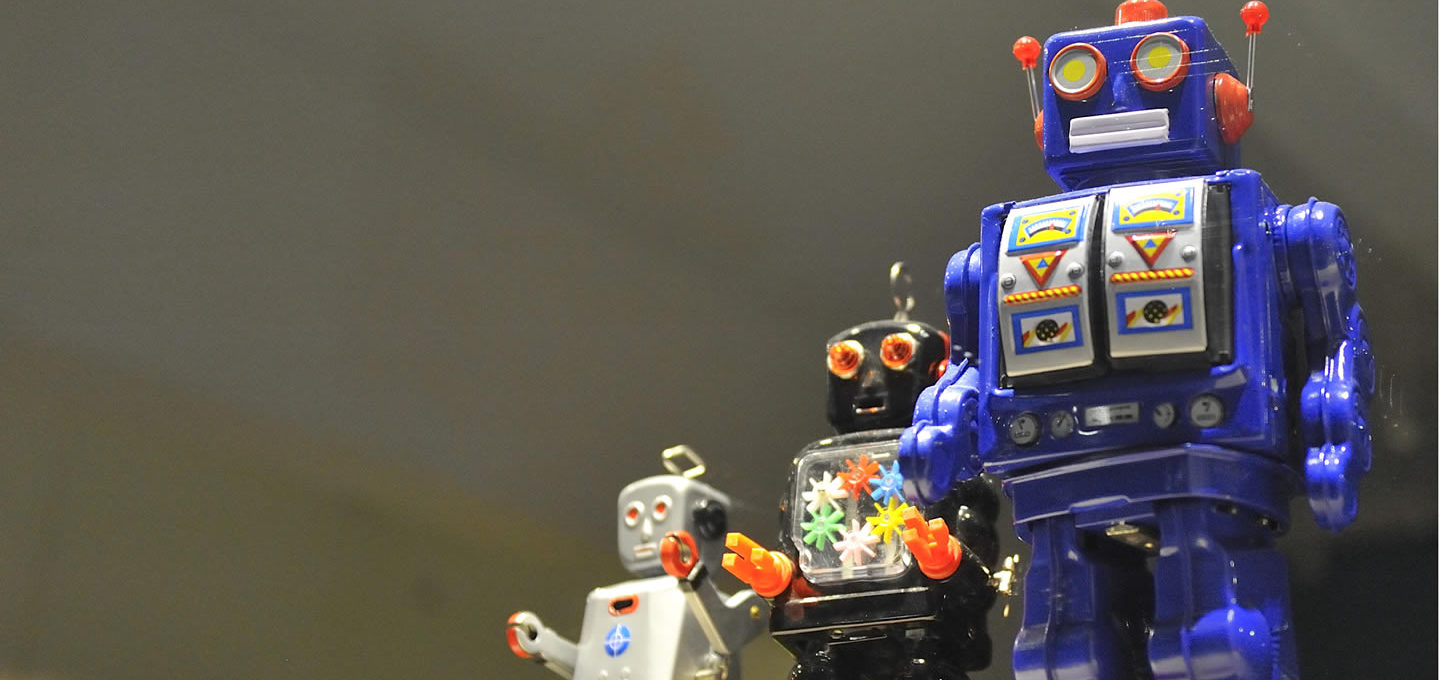The past two decades have been shaken by substantial digital disruption that has reshaped every industry from retail to transportation, advertising to entertainment. Digitization has revolutionized how businesses function, paving the way for new innovations and creating a demand for new skill sets in the workforce. A.I. is poised to bring about a similar level of disruption that will reshape how companies function, fundamentally change what tasks software can accomplish, and permanently reshape the labor market.
While A.I. may already have a foothold in household virtual assistance and digital chatbots, it’s expansion into other industries is now inevitable. Retailers are experimenting with AI for improved customer service and automakers are implanting AI learning tools, but this is just the start. A.I.’s expansion is posed to be far-reaching.
Few industries are as important for the global economy than the shipping industry. Nearly ninety percent of trade travels by maritime transport. Nearly every business that produces physical goods relies on trade of kind for their business to function. With so much riding on maritime shipping, opportunities are ripe for A.I. to disrupt what has long been rigid industry. Maritime trade is predicted to increase twenty five percent by 2021. Microsoft is now focusing on providing turnkey automation solutions aimed at terminal and container planning. Other companies already use A.I. software models to allow companies to create a living look at their supply chains. It makes suggestions for companies to improve and optimize their supply chains to be more efficient and avoid risk.
Companies are faced with mounting pressures due to rising costs, as such the impetus to cut wherever possible will arise. Costs abound stemming from healthcare, liability, and pensions that have risen substantially in recent times. Perhaps no industry is more primed for disruption than the trucking industry. The work is straightforward enough that routes can be programmed, goods are already unloaded without the driver’s help, and best of all: A.I. does not need a vacation, will not fall asleep at the wheel, requires no health insurance, and certainly will never be caught driving under the influence. A third of the costs associated with trucking go to compensating drivers, and estimates indicate that within the next decade 1.3 million trucking jobs could be replaced by A.I.
The common narrative is that A.I. is only set to disrupt blue collar work: factories, assembly lines, ports, trucking, and warehousing, and that subsequently these industries are the most vulnerable to AI’s impact. Numerous articles and academic research have delved into this subject and various solutions for confronting it, but the assumption has always been that blue collar work is the only sector of the labor market that will be majorly affected.
This assumption could not be further from the truth. German bank Commerzbank is already experimenting with A.I. that can write research reports for clients as a cost saving measure. This is several years away, but Commerzbank’s software is already showing results. Michael Spitz, head of research and development at the bank, explains that, “the technology was already advanced enough to provide around 75 percent of what a human equity analyst would when writing an immediate report on quarterly earnings.” This is even more shocking when considering that working in the financial industry has long been portrayed as one of the most secure and lucrative white collar jobs.
Finance is not the only white collar desk job that A.I. is set to uproot in the coming years. “Lawyer-bots” are poised to be the create a massive shift in the legal profession. Practicing law requires attorneys to comb through piles of documents, absorb enormous amounts of information, and spot miniscule errors. These are all tasks that an optimized A.I. is capable of completing far more efficiently than humans. McKinsey estimates that twenty three percent of a lawyer’s work can eventually be automated as A.I. progresses. There are still advances that need to be name to reach that point. In the short term, a study by the University of North Carolina Professor Dana Remus argues that with current A.I. technology 2.5 percent of a lawyer’s work can be automated annually over the next five years. This could eventually reduce workplace opportunities for young attorneys, but there are potential upsides, as there is actually a current shortage of lawyers in rural areas. This is problematic as it leads to an unequal distribution of legal representation throughout rural areas, and overwhelms lawyers in those counties with few attorneys. A.I. has the potential to reduce their workload, and make them better able to work on behalf of their clients.
We are on the precipice of an A.I. revolution. Opportunities for disruption exist in many industries across the spectrum, and companies are filling the void to offer A.I. solutions where inefficiencies exist. This is not science fiction, and this is not something that will happen decades from now. A.I. is affecting business now, and over the next five years it will begin to have a more profound impact on how tasks are accomplished. No industry will be untouched, and the entire global macroeconomy will feel the effects. Blink and you may miss out on a technological revolution that has the potential to change entire industries and even change work as we know it.
Photograph by Rog01

